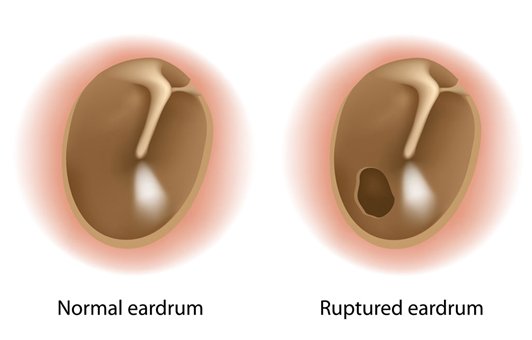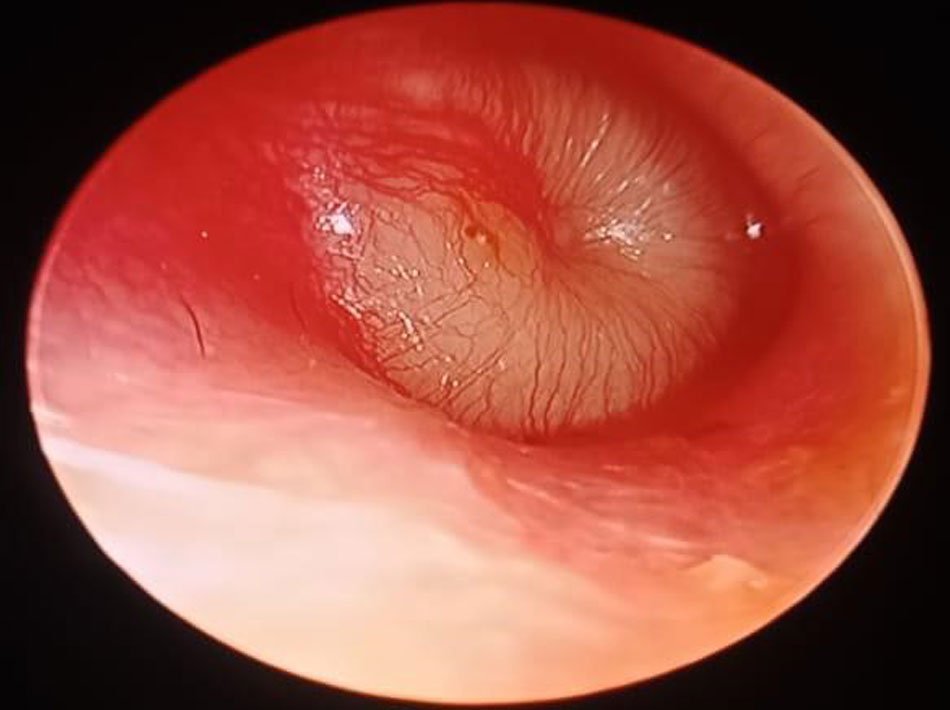
EAR WAX [ CERUMEN ] BLOCKAGE EARS
YOU MAY HAVE:
- Earache
- Feeling of fullness in the affected ear
- Ringing or noises in the ear (tinnitus)
- Decreased hearing in the affected ear
- Dizziness
- Cough
FUNGUS / OTOMYCOSIS
- Blockage
- Severe itching
- Pain
- Discharge


HOW IS EARDRUM PERFORATION DIAGNOSED?
Person may have one or many of these ear symptoms Ear pain, discharge, bleeding, or hearing loss These symptoms may be the result of eardrum perforation and if left untreated can cause serious damage to the inner ear. Many times when the eardrum is perforated, the small bones behind the eardrum, or ossicles, break as well. When this happens, hearing loss may become severe.
HOW IS HEARING LOSS MANAGED OR TREATED?
These devices help restore hearing. Hearing aids are devices worn on or inside the ear to amplify sound. Healthcare providers surgically implant cochlear implants into the inner ear to treat inner ear hearing loss.


CHOLESTEATOMA
Cholesteatoma’s [ unsafe ear /unsafe csom ] definition is skin growth in the wrong place behind the ear drum. When this skin grows behind the ear drum or it grows into the bone behind the ear (mastoid bone), it is called a cholesteatoma. This skin grows at a much faster rate than regular skin and destroys the structures around it. The treatment of a cholesteatoma is its removal by surgery.
HOW IS VERTIGO TREATED?
BPPV, or benign paroxysmal positional vertigo, most common cause of vertigo….because of accumulation of calcium particles in the inner ear. canalith repositioning procedure is required


ENDOSCOPIC TYMPANOPLASTY
Endoscopic tympanoplasty is a modern, minimally invasive surgical technique used to repair a perforated eardrum (tympanic membrane). This procedure employs advanced endoscopic technology, which allows the surgeon to access the middle ear with smaller incisions and enhanced visualization. Unlike traditional tympanoplasty, which requires a larger incision behind the ear, endoscopic tympanoplasty is performed using a small camera (endoscope) inserted into the ear canal, minimizing discomfort and promoting faster recovery.
GLUE EAR (SEROUS OTITIS MEDIA)
Glue Ear (Otitis Media with Effusion) is a condition where sticky fluid builds up in the middle ear, causing hearing difficulties, especially in children. While it often resolves on its own, untreated glue ear can lead to speech delays and learning difficulties. Our treatment options include observation, balloon therapy, grommet surgery, and adenoid removal for effective relief. Safe, painless, and same-day discharge available.

Frequently Asked Questions (FAQ’s)
How can I tell if I have a middle ear infection?
Middle ear infections often cause pain, pressure, or fluid buildup behind the eardrum. You may also notice temporary hearing changes, mild fever, or irritability in children. Early evaluation ensures proper treatment and prevents complications like persistent fluid or chronic infections. Avoid inserting objects in the ear and seek professional care promptly.
Who is most at risk for recurring ear infections?
Children, seniors, and adults with allergies or sinus problems are more susceptible to repeated infections. Frequent colds, fluid buildup, or eustachian tube dysfunction increase risk. Identifying the underlying cause early allows targeted treatment and reduces discomfort, protecting long-term hearing health.
What are the common procedures for ear problems, and how do they work?
ENT specialists treat conditions with options such as earwax removal, tympanostomy (ear tubes), or eardrum repair. Each procedure is chosen based on the severity and cause of the issue.
Ear cleaning removes blockages safely and quickly
Ear tubes help fluid drain and prevent recurrent infections
Eardrum repair restores structure and improves hearing
Is ear surgery safe for children and older adults?
Yes. Age-appropriate adjustments are made to ensure safety. Children are closely monitored for comfort and healing, while older adults are evaluated for underlying medical conditions. Continuous observation and modern techniques minimize risks and improve recovery outcomes.
How should I prepare for an ear procedure or appointment?
Follow instructions on fasting if required, bring your medical history, and note any past ear problems or medication reactions. Being prepared allows your ENT specialist to plan care effectively.
Clearly describe recent symptoms and their frequency
Follow all pre-procedure instructions carefully
What is recovery like after common ear procedures?
Some discomfort, mild pressure, or temporary hearing changes are normal for a few days. Most patients can return to light activities quickly, but full recovery varies by procedure. Following post-care guidance, keeping the ear dry, and avoiding strenuous activity support healing and prevent setbacks.
How can I prevent long-term ear problems or hearing loss?
Protecting ears from loud noise, managing allergies, and keeping ears dry are key preventive steps. Regular hearing checks and early treatment of infections preserve hearing and prevent chronic issues. Consistent follow-ups allow small concerns to be addressed before they worsen.
When should I seek urgent care for ear symptoms?
Immediate attention is needed for sudden hearing loss, severe pain, drainage with blood or pus, dizziness, or swelling around the ear. Prompt care reduces the risk of permanent damage and prevents complications that might require more invasive treatments. Early intervention improves recovery and comfort.
